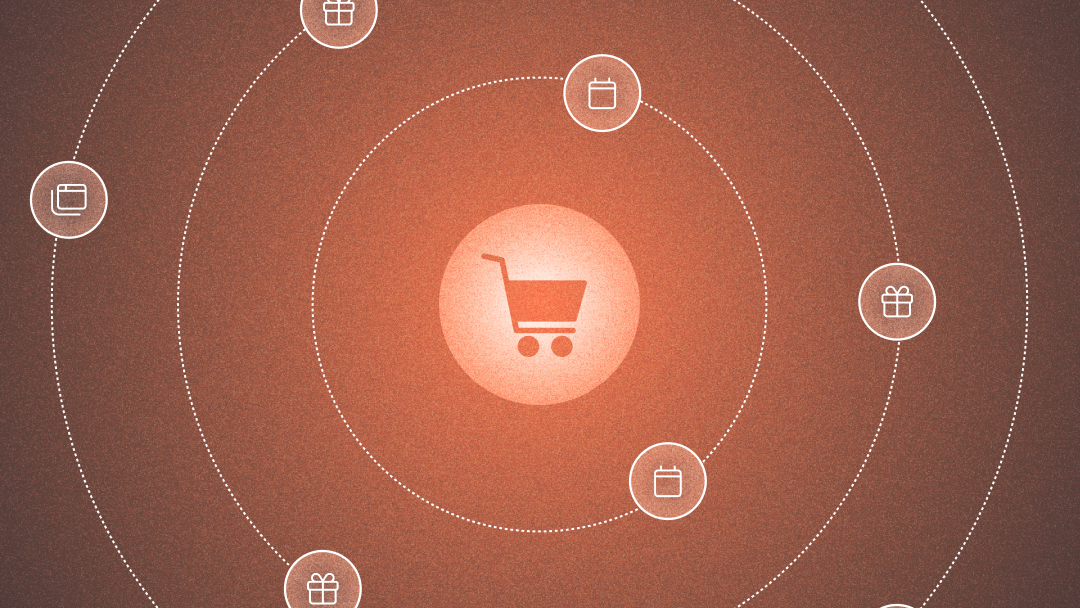Leveraging community-led growth to scale your product

Former product manager turned content marketer and journalist.
There’s no checklist for building relationships with other people. Every relationship is different and nuanced — and what works for some people may not work for others.
The same is true for communities. You may look around at other companies that have used communities to scale their growth and think you can replicate their successes. And while you may be able to apply some of the same tactics, building a community is incredibly dependent on the type of users you’re able to draw in. You also have to drive tangible results to make the effort worthwhile.
To explore the role of community-led growth in scaling your product, we spoke with Camille Ricketts, operating partner for marketing at Emergence Capital, and previously one of the first marketing hires at Notion (a company that could give everyone a masterclass in building community). Camille shared valuable advice for companies looking to grow through community, her experiences and Notion, and some of her best tips.
What differentiates community-led growth from product-led growth?
Product-led growth has long been a strategy for many companies. You build something so amazing that your users want to talk about their experiences with other people. The product grows by extension, since new users trust the recommendations from people they know.
Community-led growth, on the other hand, brings together a group of people, and you nurture those people collectively to become advocates. With product-led growth, you’re more likely to connect with your power users 1:1 or empower them to share on social media. In a community, you’re marketing to the group so the group can market to others.
According to Camille, not all companies are well-suited for community-led growth. “It’s pretty much only the right move if champions can learn from each other in a way that accelerates their experience,” she says. She also points out that community-led growth needs a shareable asset built into the product or system. Notion did this through Notion templates, for example, which have become widely shared across individuals and organizations.
As marketing strategies rely increasingly on personalization, you can use the individual experiences of community members to amplify your brand message.
How to approach community-led growth
It’s easy to spin up a community in a tool like Slack. At a minimum, the community needs to be easy for users to access and engage with. Additionally, Camille points out, the community needs to be worth their time. “Without giving people topics on a regular basis or making it clear what types of information they should be exchanging, the vibe dies,” she says. “And once something starts to feel like a ghost town, it’s incredibly difficult to resurrect it.”
Communities are most successful when they give people an outlet they wouldn’t otherwise have on their own. You need to consider who you’re serving and what you expect them to do within the community.
Create a focused, niche community
Start with your community's purpose. Maybe your community members don’t have a way to find and meaningfully connect with others, so the group fills that need. Or maybe they all have a shared experience and can learn from each other.
Having a well-defined, focused community is more effective than a broad one. If the community is too broad, your members can’t connect in meaningful ways. The more like-minded your community members, the more valuable the community will be for them.
“Community is powerful because you’re bringing together your best-fit customers,” says Camille. “These are the people who ‘get it’ the most and were the easiest to acquire. And then you’re equipping them with the right story and the right channels to get in front of other people.”
Start with your most active users, or do some social listening and see if you can identify common threads between folks to start your community.
Prioritize small groups as your community scales
As communities grow, interactions will begin to happen more organically. However, this may alienate some members due to the overwhelming nature of big groups. They won’t be able to figure out how they “belong” within the community.
Camille gave an example of interactions that happen via rapid-fire threads. “I think it’s important that not everyone is exposed to stuff like that,” she says. “To some community members, it can feel like a river of information that they’re never able to get a handle on.”
She calls this the arena effect. “If you think about ten thousand people being in a space, it’s basically like a small concert. People don’t really know who else is there and I think people get nervous,” she says. “That’s one of the reasons you have to figure out how to break down big communities.”
You can create these subsets based on people operating at the same stage of the journey or within the same sector. They become mini cohorts so the members can really lean into their shared experiences. At Notion, a separate channel was eventually created for people sharing templates. This was later further broken down into individual templates versus business templates.
It’s also important to strike a balance between content and events. You want to provide enough for the community without overwhelming the members. The more you segment a large community into smaller groups, the more targeted you can be.
Incorporate community moderation
Your community needs consistent TLC in order to flourish. In fact, Camille calls community moderation a “critical” element. If you don’t pay attention, provide topics of conversation, and encourage engagement, your community will die — or turn into something that doesn’t meet your goals.
Camille joined Notion when the team had just eleven employees. A month later, she hired a head of community. She recalls, “We needed somebody whose full-time focus was really understanding these folks and making sure that we were catering to their actual wants and needs.”
Moderation must be a priority for someone on your team. Community moderation may fall by the wayside if the person is pulled between competing tasks.
Identify potential community leaders
You can work closely with your customer success team to identify existing customer champions and draw them into your community. These people are your biggest fans and may be excited to connect with each other.
One tactic you can use with these customer champions is to better equip them within their own organizations, which works well for B2B products. If you struggle with user adoption, you can empower your champions to be a source of education with collateral examples or troubleshooting tips.
You can also incentivize these champions to promote your product. You could try:
- Incentives like a promo code
- A special preview of new features
- A platform for champions to grow their own networks, such as a co-hosted webinar
If people love your product, you want to give them the right tools, resources, and incentives to promote it and draw new people into the community.
How to measure the success of your community
In the beginning, your main goal for your community should be top-of-funnel and awareness. But attribution to a community can be really tricky.
If you give your customer champions a promo code to share or a vanity URL, you can attribute new product signups. But that’s a lagging indicator of growth — it happens after your community has made an impact. A leading indicator can be growth within your community itself. More community growth means more people promoting your product.
You can look at the number of people attending events, how many new people join the community, and how many messages/comments are exchanged within the community within a specific period. Those numbers should continue to trend upward if your community is growing and people find it valuable.
How to adapt your community over time
Above all, your community has to be for its members. You can guide the direction through moderation, but it should also match what the members want and need.
You can meet with active members and ask them questions, such as why they’ve returned to the community, what they want to share, and what value they hope to gain.
Design your community experiences around the responses. If you find the right combination of content and events that people want to engage with, it will create a flywheel effect. Repeat this process so you can keep the community feeling new and fresh even as it grows.
About the author
Anna Burgess Yang is a former product manager turned content marketer and journalist. As a niche writer, she focuses on fintech and product-led content. She is also obsessed with tools and automation.



